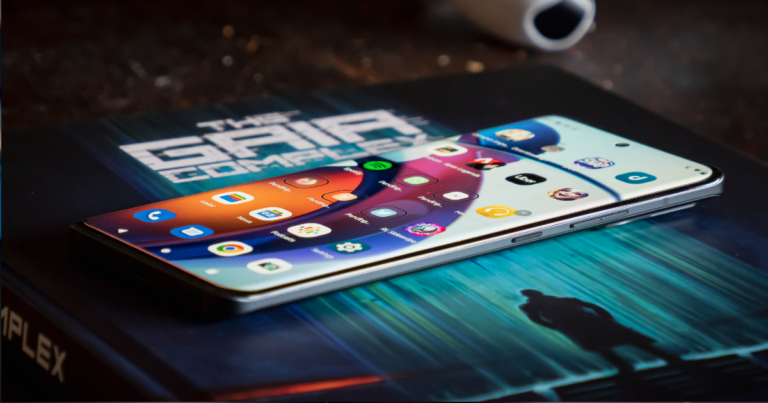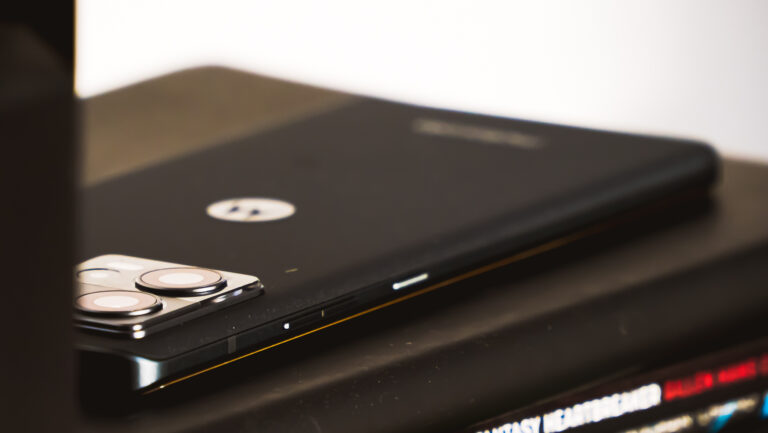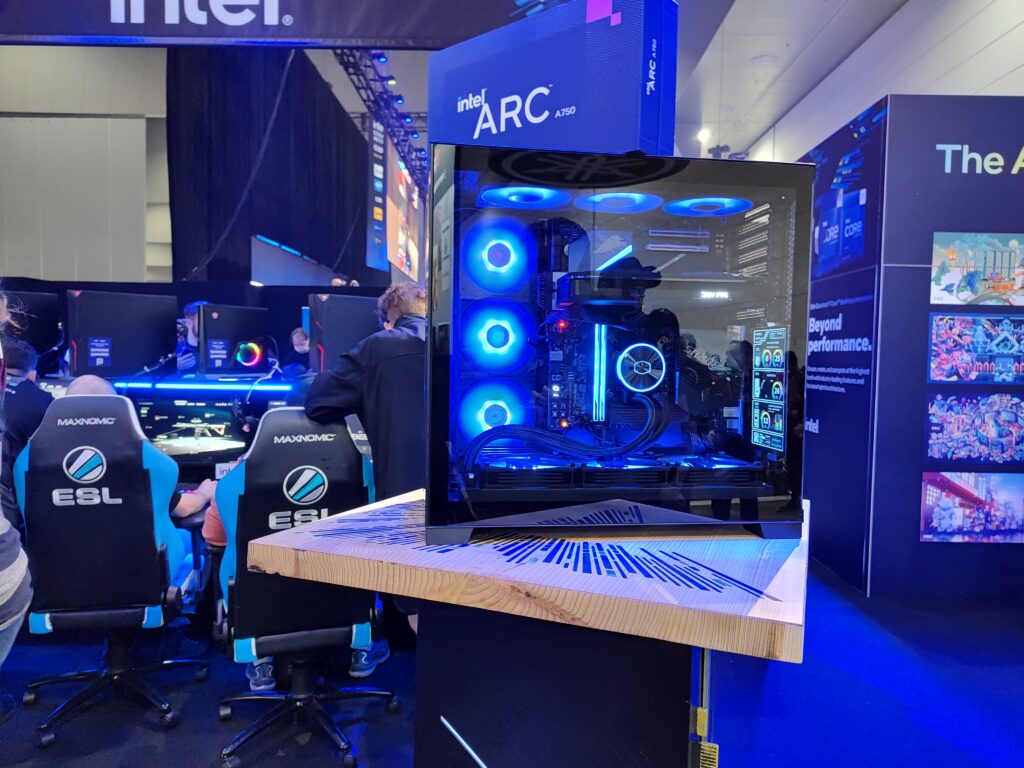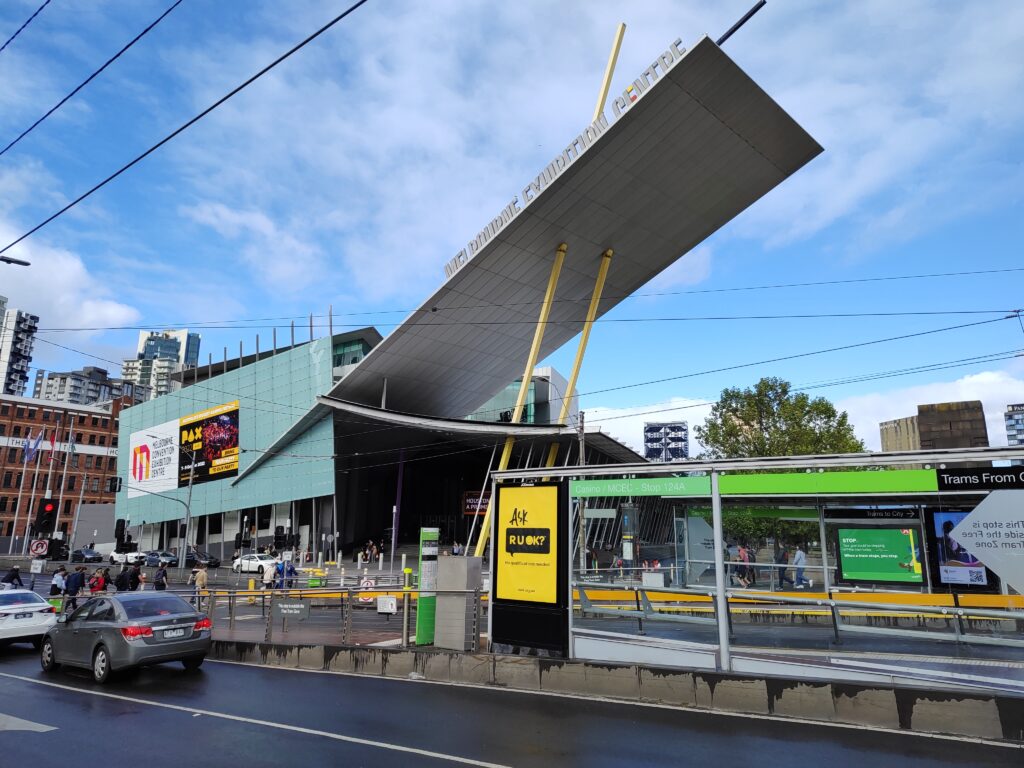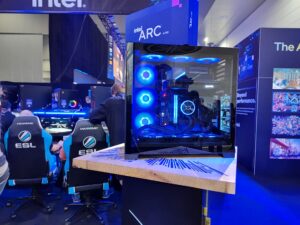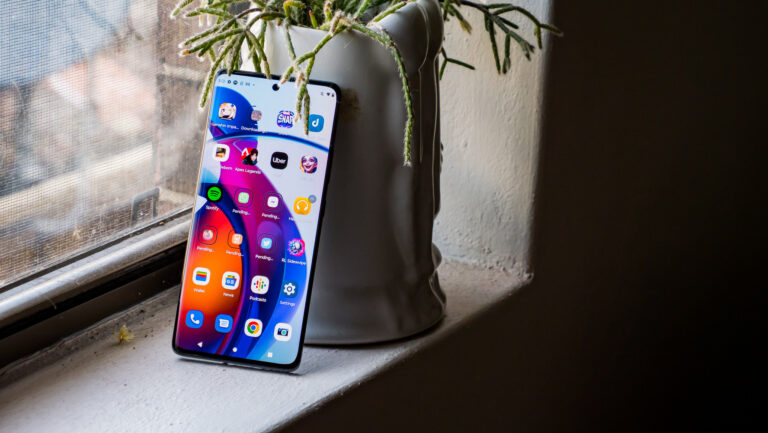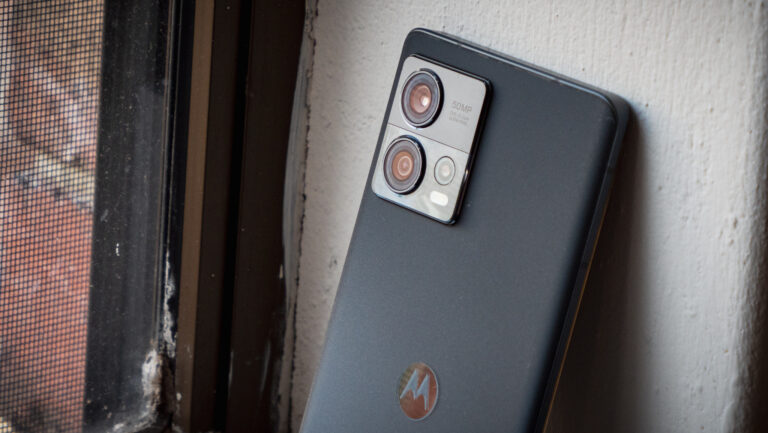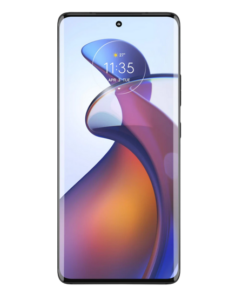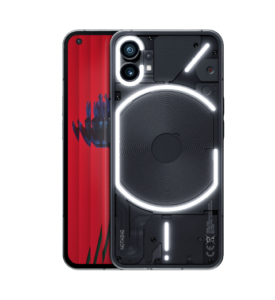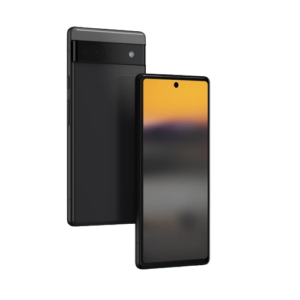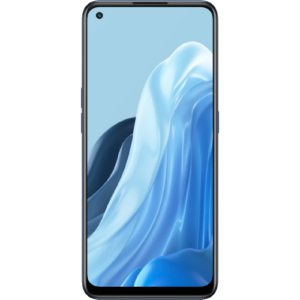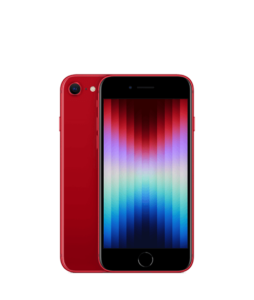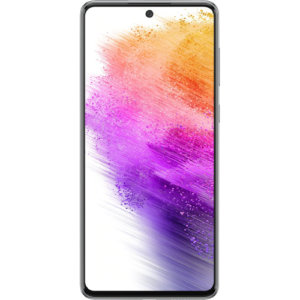Optus Mobile Review ALDI Mobile Review Amaysim Mobile Review Belong Mobile Review Circles.Life Review Vodafone Mobile Review Woolworths Mobile Review Felix Mobile Review Best iPhone Plans Best Family Mobile Plans Best Budget Smartphones Best Prepaid Plans Best SIM-Only Plans Best Plans For Kids And Teens Best Cheap Mobile Plans Telstra vs Optus Mobile Optus NBN Review Belong NBN Review Vodafone NBN Review Superloop NBN Review Aussie BB NBN Review iiNet NBN Review MyRepublic NBN Review TPG NBN Review Best NBN Satellite Plans Best NBN Alternatives Best NBN Providers Best Home Wireless Plans What is a Good NBN Speed? Test NBN Speed How to speed up your internet Optus vs Telstra Broadband ExpressVPN Review CyberGhost VPN Review NordVPN Review PureVPN Review Norton Secure VPN Review IPVanish VPN Review Windscribe VPN Review Hotspot Shield VPN Review Best cheap VPN services Best VPN for streaming Best VPNs for gaming What is a VPN? VPNs for ad-blocking At $899, the Motorola Edge 30 Fusion sits on the line between the upper echelons of the mid-tier and the bottom end of the premium market. That’s a tough line to walk, but this device might just have what it takes to make it work. Price-wise, the device sits neatly between the $599 Motorola Edge 30 Neo and the $1,399 Motorola Edge 30 Ultra. Alternatively, $100 less gets you the Samsung Galaxy A73 while $100 more gets you the brand new Google Pixel 7. Those looking to pick up the mid-ranger will be able to find it in JB Hi-Fi, The Good Guys, Officeworks, Big W, Mobileciti and Lenovo.com. Check out the table below for a short and sharp round-up of how local options for the device compare when it comes to price. Built around a 6.55-inch pOLED screen with curved edges, FHD+ resolution and 140Hz refresh rate, the Motorola Edge 30 Fusion isn’t shy about showing off. It looks like the kind of phone that might have cost you twice as much only a few years ago. The overall design and build quality here are significantly better than that of the Motorola Edge 30 Neo and almost on par with the brand’s current headliner, the Motorola Edge 30 Ultra. There’s a shiny and square-shaped camera bump on the back, an in-display fingerprint sensor on the front and an IP52 rating for water and dust resistance for good measure. There’s no headphone jack, but there is a USB-C port that’s good for up to 68W fast charging and a set of stereo speakers with Dolby Atmos. Under the hood, the Edge 30 Fusion is armed with a Snapdragon 888+ processor and 8GB of RAM. Storage-wise, you’re looking at 128GB. All three of these specs aren’t quite cutting-edge, but far from hard to live with. When it comes to the camera on the back of the device, the Motorola Edge 30 Fusion pairs a 50MP main sensor with 13MP ultrawide one. There’s also a depth sensor used to enable better portrait shots. In practice, I was sometimes surprised by just how good the results that the Motorola Edge 30 Fusion’s camera could produce looked. However, for every good shot, I often ended up with a lot of blurry ones. More than once, I’d think I had taken a shot, swipe over to Twitter to post it and discover that the image had somehow been misplaced. I’ve used the Edge 30 Fusion enough to feel confident that it can deliver good results, but I’ve also used it enough to be wary of relying on it. For a closer look at what the camera on the device can do, check out the gallery below: All this is to say that the usual questions that come up when it comes to the specs on a phone like this one meet obvious ends more often than not. Apps loaded fast. Games like Diablo Immortal and Genshin Impact ran smoothly and without issue. I couldn’t crank the settings as high or enjoy as lavish-looking experience as a smartphone with a more cutting-edge processor might allow me to, but if playability is your primary concern there’s a good chance that the Motorola Edge 30 Fusion has what it takes to meet it. It might have last year’s best Android processor, but that’s still a pretty good processor. It’s always easy to wish for a few extra GB of memory, but I rarely found myself brushing up against the 8GB found here. The limited storage is more of an issue, particularly as there isn’t a MicroSD card slot to be found here. Given the price, it’s a shame that Motorola hasn’t kitted this thing out with 256GB rather than the 128GB found here. In terms of raw screen time, the Motorola Edge 30 Fusion tended to deliver between 5 and 6 hours when connected to the Telstra 4G connectivity. Compared to some of the other mid-rangers we’ve reviewed, that’s a respectable result. However, it’s not quite an exceptional one. It’s more than the Google Pixel 6a, but less than the Nothing Phone 1. Burned down via video streaming on YouTube, the Motorola Edge 30 Fusion lasted 17 hours and 52 minutes. That’s more than I got from the OPPO Find X5 under the same conditions but slightly less than the Samsung Galaxy A73 could muster. The Motorola Edge 30 Fusion does indeed manage to deliver the kind of mobile performance you’d usually have to spend significantly more to get. However, this flex felt less thrilling with each passing day and as the began to notice the cost to battery life being paid. That’s not a cheap ask, and the value for money here can’t quite cut it with fare like the Google Pixel 6a, nor is the sum total anywhere as cohesive and distinguished as something like the Nothing Phone 1. Nevertheless, if you’re looking for an Android-based alternative that looks premium but doesn’t come with such a high price, the Edge 30 Fusion is a pretty candid manifestation of that ideal. What’s here is not such a slam dunk that I’d rush to recommend it over some of the cheaper alternatives in the category, but what’s here is compelling enough that I’d think very carefully before you think about saving $100 and going with the Samsung Galaxy A73 instead of this. The Motorola Edge 30 Fusion is a sub-prime premium smartphone that mostly delivers on modest ambitions.
